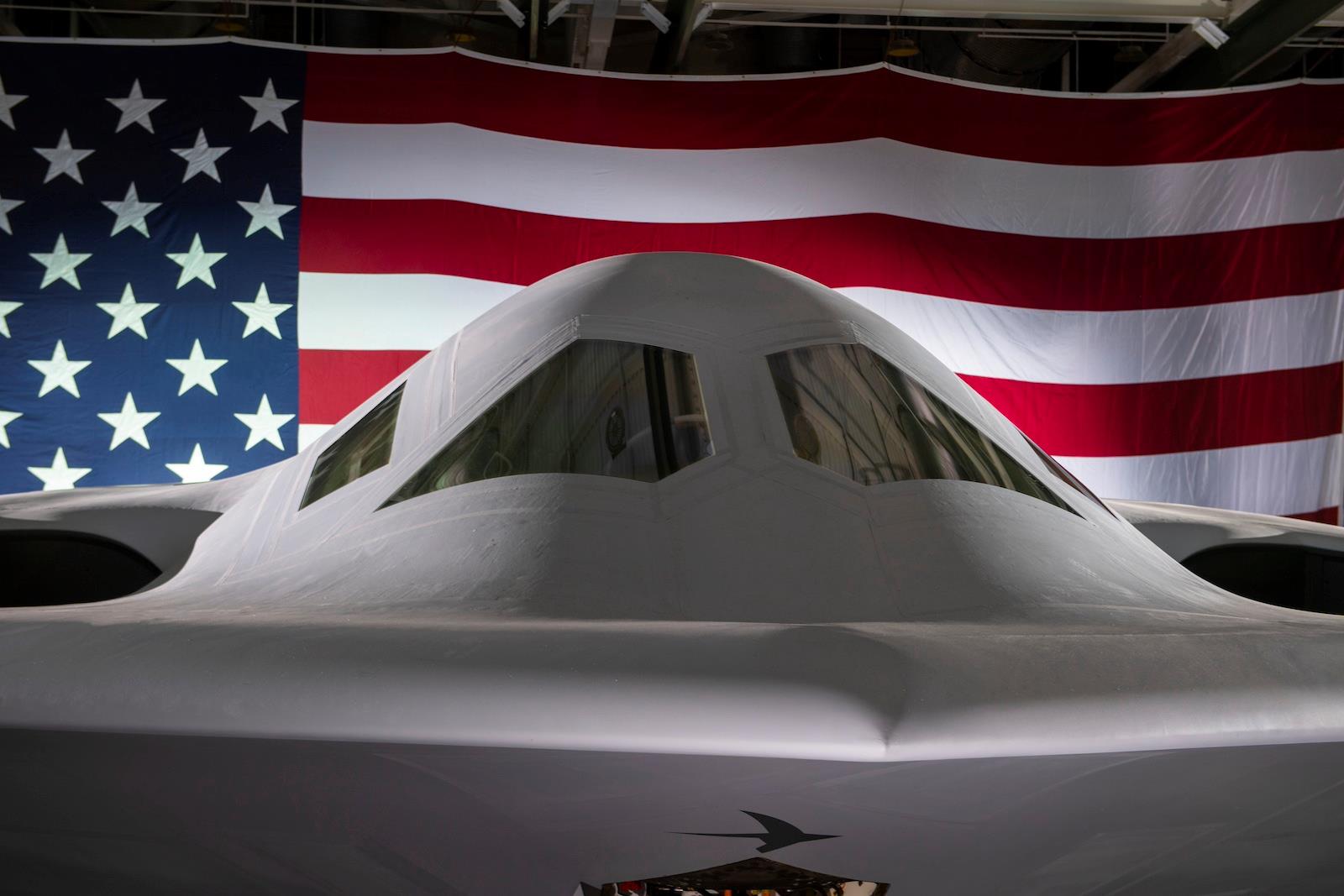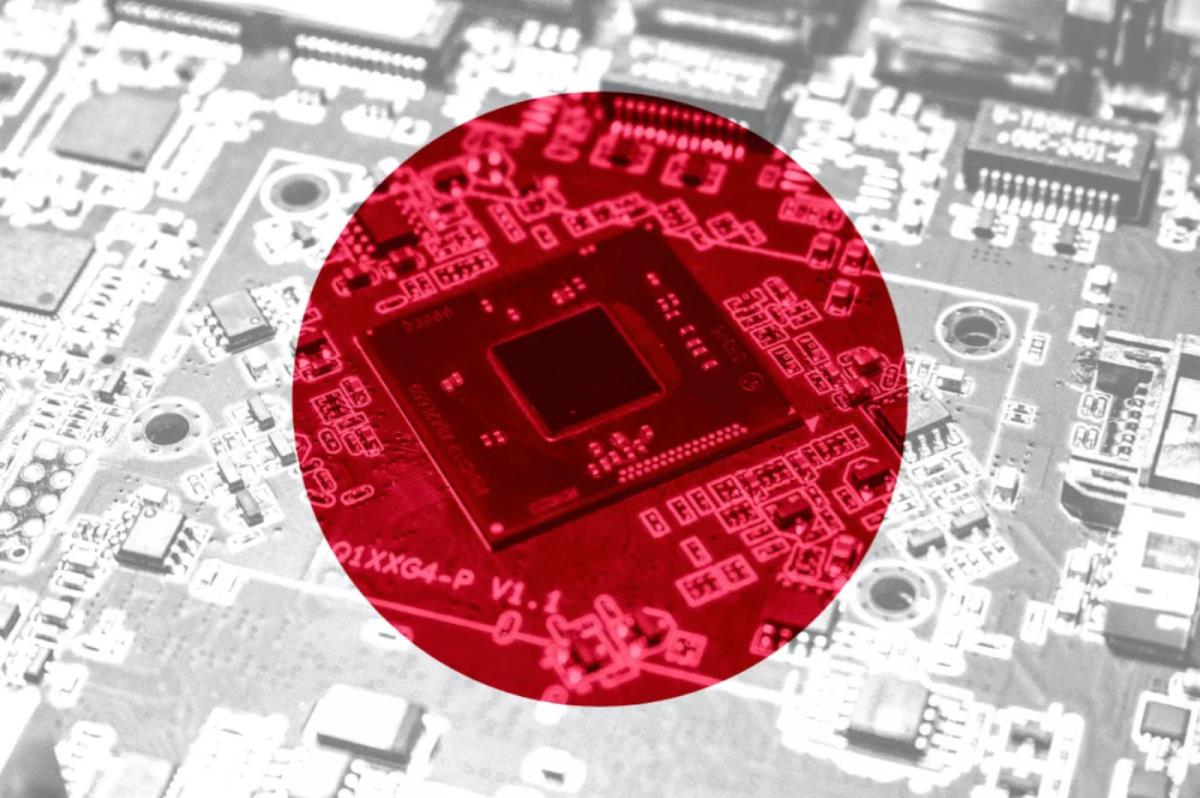Latest stories

Racial wart on Myanmar's revolutionary troika

US next-gen B-21 bomber likely obsolete upon delivery

US tech giants reviving Japan's cutting edge The SCMP report mentions that before the PLA-SSF's rebranding into the PLA-ISF, it had two principal departments – the Space Systems Department, which runs intelligence and communication satellites, and the Network Systems Department, which is tasked with cyber operations, electronic warfare and signals intelligence (SIGINT).
The rebranded PLA-ISF may reflect an evolution in Chinese strategic thought from“winning informationized wars” to“intelligentized warfare,” which in turn implies a broader mission set for the PLA-SSF, necessitating a name change to reflect increased responsibilities and capabilities.
China's 2015 Military Strategy describes the foundation of“winning informationized wars,” noting the application of information technology in all military operations.
It says that“preparations for military struggle” (PMS) are under the context of winning“informationized local wars,” emphasizing that information is not just vital but will play a dominant role in winning future conflicts.
Building on the premise of China's 2015 Military Strategy, the 2019 China's National Defense in the New Era white paper notes that technologies such as AI, quantum information, big data, cloud computing and the Internet of Things (IoT) mark an evolution from“informationized” to“intelligentized” warfare.
Koichiro Takagi mentions in an April 2022 War on the Rocks article that the main idea of China's“intelligentized warfare” concept is to use AI to directly influence the will of top policymakers, military commanders and citizens.
Takagi says that“intelligence dominance” will become a new area of struggle in intelligentized warfare, emphasizing that China envisions using AI for military purposes differently than the US and its allies.
In a January 2022 article in the Security and Strategy journal , Maasaki Yatsuzuka outlines the imperatives that may have led to the rebranding of the PLA-SSF into the PLA-ISF from political and military angles.
From a political standpoint, Yatsuzuka notes that the Xi administration's implementation of intelligentized warfare signifies a shift toward a centralized decision-making process in the PLA.
This process, he says, aims to uphold the Communist Party of China's (CPC) control over the PLA and secure its alignment with the party's goals and ideology.
He also mentions that the need for centralized control is emphasized by integrating military reforms with broader party policies, such as the Military-Civil Fusion (MCF) strategy.
Further, Yatsuzuka says that the PLA's emphasis on political education and control through political commissars is becoming increasingly crucial as warfare becomes more technologically advanced and specialized.
From a military standpoint, Yatsuzuka says that to move toward intelligentized warfare, the PLA must establish integrated information systems to effectively manage the diverse aspects of modern warfare, including land, air, sea, space, cyber, cognitive and electromagnetic domains.
He mentions that effective utilization of AI and real-time data processing is crucial for future operations as it requires a robust data flow and analysis framework across various platforms and military units.
Yatsuzuka stresses the importance of a consolidated strategic directive incorporating inputs from multiple military and civilian sources to enable a united and adaptable response driven by centralized military leadership.
The rebranding of China's PLA-SSF into PLA-ISF may also reflect the need to integrate information warfare and emerging technologies and capabilities into a multi-domain operational concept.

Sign up for one of our free newsletters The Daily ReportStart your day right with Asia Times' top stories AT Weekly ReportA weekly roundup of Asia Times' most-read stories
In October 2023, Asia Times reported on China's Multi-Domain Precision Warfare (MDPW) concept, which utilizes AI and big data advances to identify weaknesses in the US operational system and launch precision strikes. It also tests and improves AI-driven capacities to align with China's military doctrine.
China's intelligent warfare strategy is expected to involve a combination of human and machine command and control systems. Humans will have limited control over autonomous weapons and the focus will be on expanding warfare to areas where humans cannot operate, such as the cognitive domain.

China and the US are seeking cyberwar-fighting advantages. Image: Screengrab / CNBCMDPW may be China's answer to the US Combined Joint All-Domain Command and Control (CJADC2) system , a tech-driven plan to enhance military interoperability and AI integration across all warfare domains with allies and partners.
In practice, MDPW may seek to dismantle and destroy CJADC2's kill chain by targeting critical information nodes such as aircraft and satellites through physical attack, targeting information networks by jamming, electronic warfare and cyberattack. It may also seek to disrupt decision-making within and between the US and its allies.
MDPW may capitalize on the fixed and centralized approach of US kill chains , which lack diversity in sharing information among different components, making them vulnerable and arguably unsuitable for a large-scale conflict in the Indo-Pacific region.
Already have an account?Sign in Sign up here to comment on Asia Times stories OR Thank you for registering!
An account was already registered with this email. Please check your inbox for an authentication link.